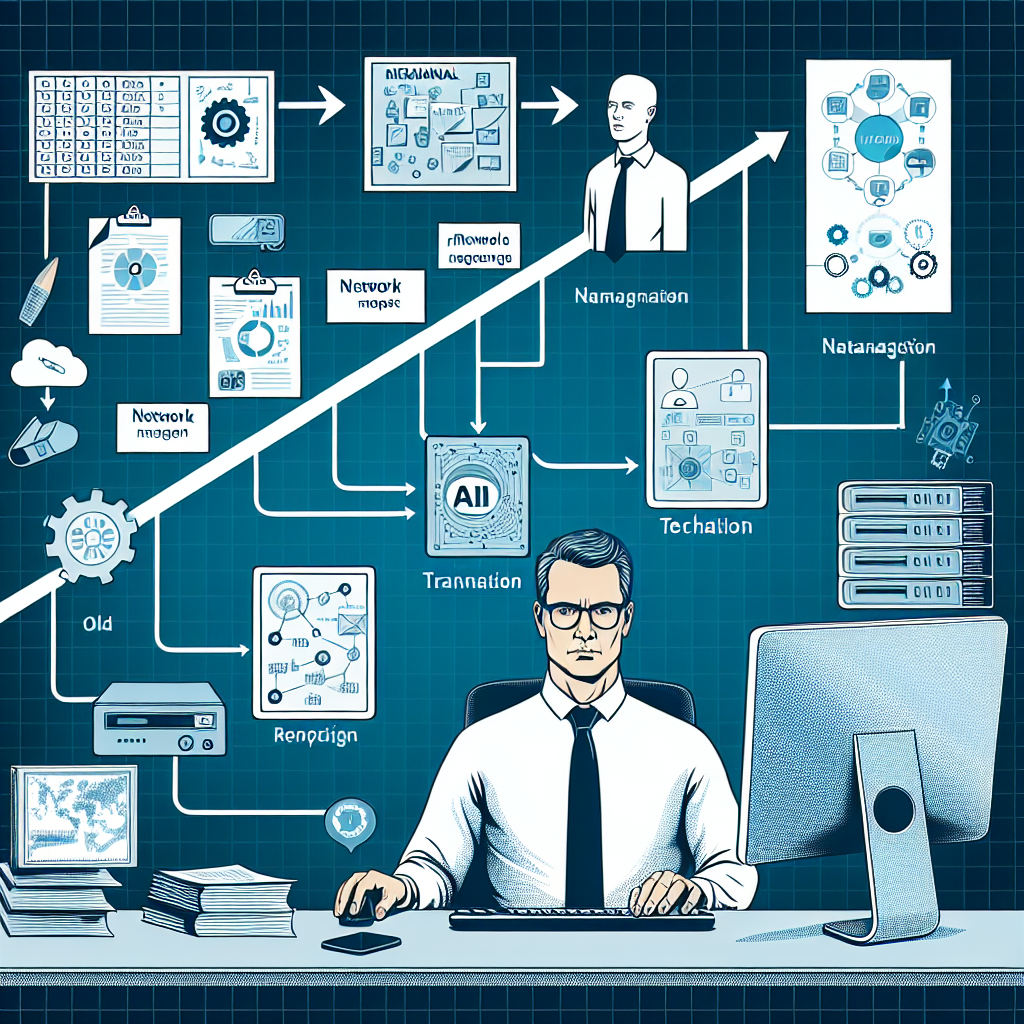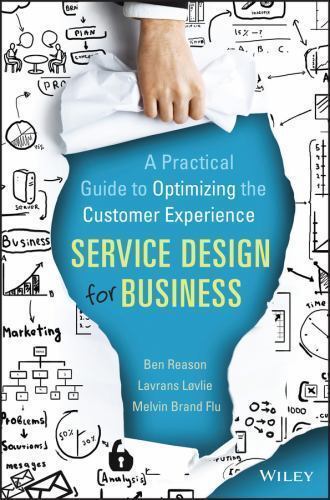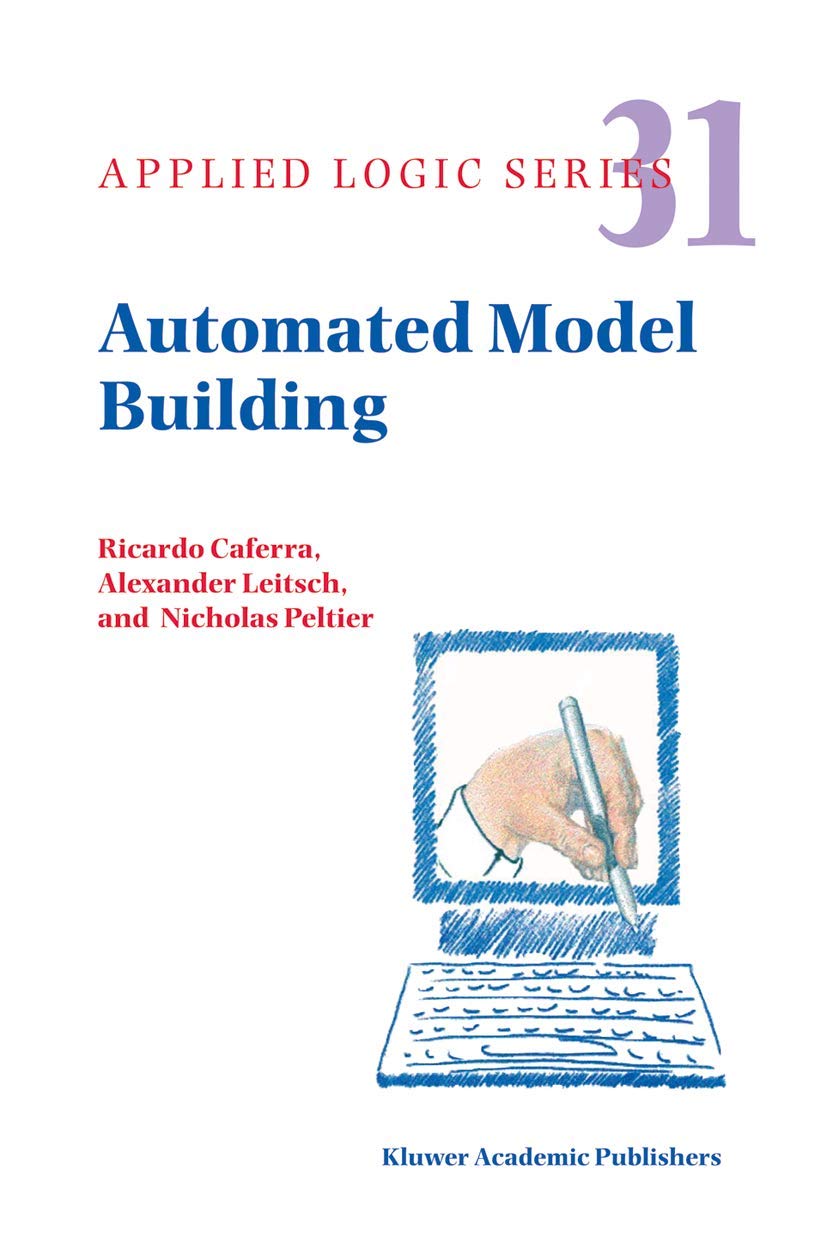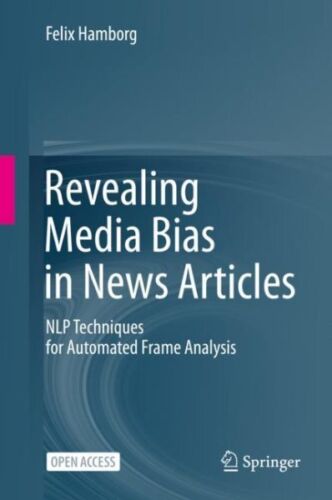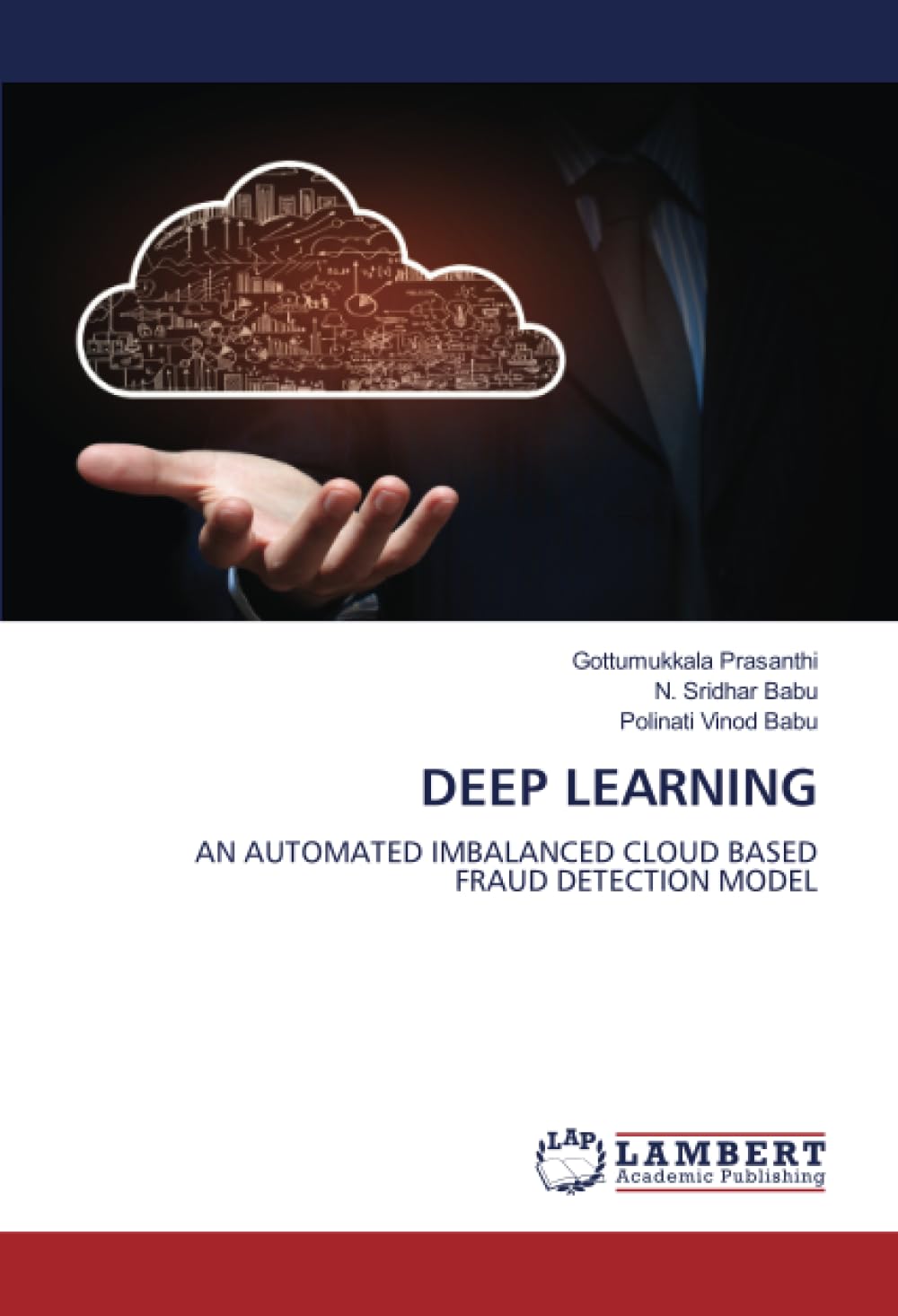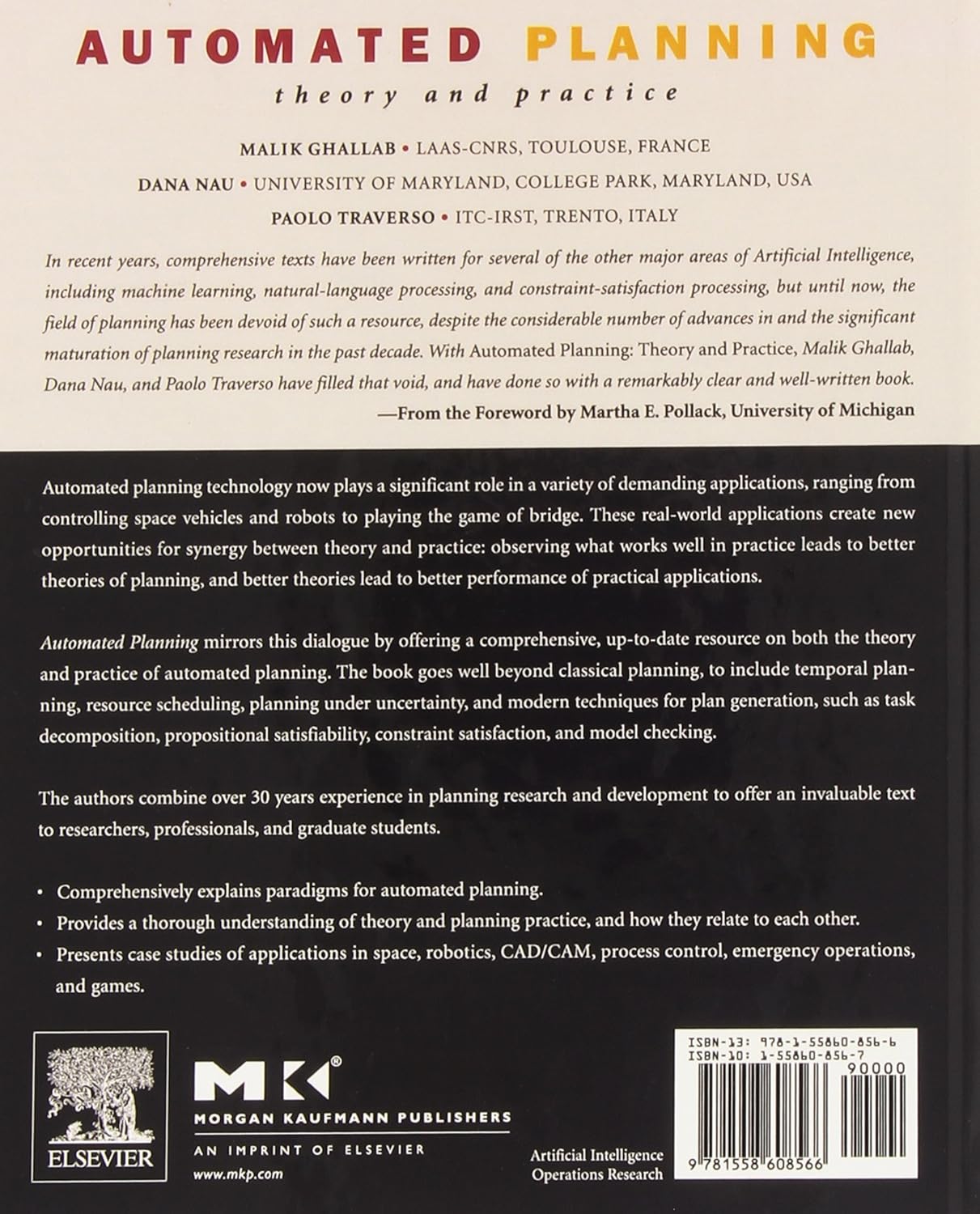In today’s digital age, data is one of the most valuable assets for businesses. From customer information to financial records, companies rely on data to make informed decisions and drive growth. However, data is also vulnerable to various threats such as cyber-attacks, human error, and natural disasters. That’s why having a reliable backup and recovery solution in place is crucial for businesses of all sizes.
Automated data backup and recovery solutions offer numerous benefits that can help businesses protect their data and ensure business continuity. Here are some of the key advantages of implementing automated data backup and recovery solutions:
1. Data Protection: Automated data backup solutions ensure that your data is regularly and securely backed up to a remote server or cloud storage. This means that even if your primary data is compromised or lost, you can easily restore it from the backup without any downtime or data loss.
2. Improved Efficiency: Manual data backup processes are time-consuming and prone to human error. Automated backup solutions eliminate the need for manual intervention, saving time and reducing the risk of data loss due to mistakes.
3. Cost-Effective: Investing in automated data backup and recovery solutions can be more cost-effective in the long run compared to dealing with the consequences of data loss. By preventing data loss, businesses can avoid potential financial losses and reputational damage.
4. Compliance: Many industries have strict regulations regarding data protection and retention. Automated data backup solutions can help businesses meet compliance requirements by securely storing and managing data backups.
5. Quick Recovery: In the event of a data loss incident, automated recovery solutions can quickly restore the data to its original state, minimizing downtime and ensuring business continuity.
6. Scalability: As businesses grow, their data storage needs also increase. Automated backup solutions can easily scale to accommodate the growing volume of data, ensuring that critical information is always protected.
7. Peace of Mind: Knowing that your data is securely backed up and recoverable gives business owners peace of mind, allowing them to focus on their core operations without worrying about potential data loss incidents.
In conclusion, automated data backup and recovery solutions offer businesses a cost-effective and efficient way to protect their valuable data. By implementing these solutions, businesses can safeguard their data, improve efficiency, and ensure business continuity in the face of potential data loss incidents. Investing in automated data backup and recovery solutions is a smart decision that can help businesses thrive in today’s data-driven world.


